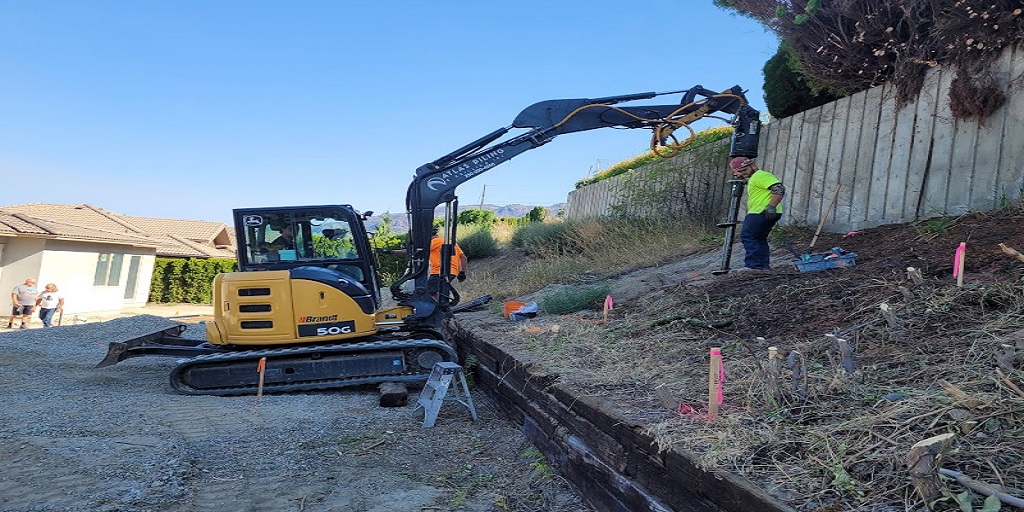
Underpinning a house is a major construction project that involves reinforcing or deepening the foundation to support a building’s structure. It is a necessary procedure for older homes or properties with foundation issues, and understanding the factors influencing its cost is crucial for homeowners considering this type of work. As we move into 2025, several elements come into play that can significantly impact the overall cost of underpinning a house.
Type of Underpinning System
One of the primary factors influencing the cost of underpinning a house is the type of underpinning system chosen. There are several methods available, including traditional concrete underpinning, steel underpinning, and helical pile installation. Each method has its own set of benefits and costs associated with it. For instance, helical pile installation has gained popularity in recent years due to its minimal disruption, quick installation, and effectiveness in stabilizing foundations. However, the choice of system largely depends on the soil conditions, the type of building, and the extent of foundation issues. Homes in regions with expansive soils or those prone to shifting may benefit more from certain types of underpinning over others.
Soil Conditions
The soil conditions around the house play a significant role in determining the cost of underpinning. Soil type, moisture content, and stability can affect the type of underpinning required. Clay soils, for instance, are more prone to movement and can complicate the underpinning process, leading to higher costs. Similarly, areas with high water tables or poor drainage can increase the complexity and expense of the work. Understanding the local soil conditions is critical as they will dictate whether additional preparation, such as soil stabilization or removal, is necessary.
Property Accessibility
The accessibility of the property is another crucial factor. If the house is located in a tight spot with limited space around it, the cost of underpinning is likely to be higher. This is because it may require specialized equipment and more labor to perform the work efficiently. In contrast, properties with ample space can facilitate easier access for machines and workers, reducing costs. Additionally, if the house is surrounded by mature landscaping, extra care and costs will be involved to protect plants and structures during the underpinning process.
Existing Structural Issues
The severity of the existing structural issues can significantly impact the cost of underpinning. If the foundation problems are extensive, more underpinning will be needed to stabilize the structure. This might involve repairing or reinforcing beams, joists, and other components, which can add to the cost. In some cases, additional diagnostic testing may be required to assess the extent of the damage and determine the best approach to underpinning. Addressing these issues promptly can prevent further damage to the property and save costs in the long run.
Local Building Codes and Regulations
Understanding local building codes and regulations is essential when planning underpinning work. Each municipality may have specific requirements that must be followed, including permits, inspections, and even construction techniques. Compliance with these regulations can add to the overall cost, but it is necessary to avoid legal issues down the line. Hiring a professional with experience navigating these regulations can help streamline the process and reduce delays and costs associated with underpinning a house.
Professional Installation and Project Management
Choosing a reputable contractor for the underpinning project is key to controlling costs. Professional installation and project management ensure that the work is done efficiently and correctly, minimizing the risk of additional expenses due to rework or unforeseen complications. A good contractor will provide a detailed estimate, outlining all costs associated with the project. This transparency can help homeowners make informed decisions and plan their budgets effectively.


